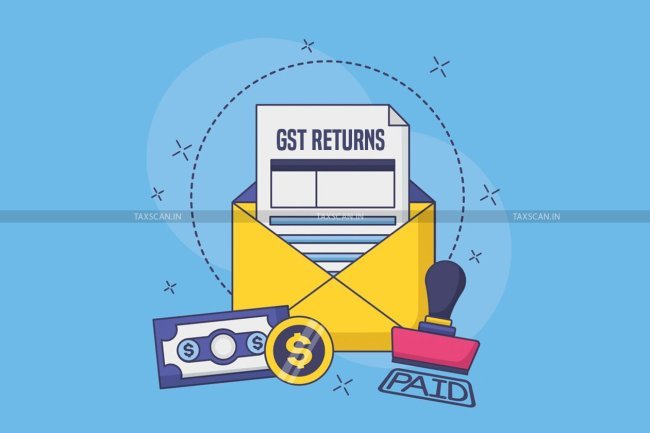India awaits key RBI appointments ahead of crucial monetary policy meeting

India awaits key RBI appointments ahead of crucial monetary policy meeting
As a critical meeting of India’s central bank draws near, uncertainty looms over the appointments to the Reserve Bank of India’s Monetary Policy Committee (MPC). The terms of three external members are set to expire on October 4, leaving market watchers anxious about the decision-making process ahead of the next rate-setting meeting, scheduled for October 9. The government has yet to announce their replacements, raising concerns about a potential delay similar to 2020, when a rate decision had to be postponed due to the late appointment of MPC members.
The MPC plays a vital role in determining the direction of India’s interest rates, especially as global central banks are entering an easing cycle. Currently, the committee consists of six members: three external experts from academic or financial backgrounds, and three officials from the RBI, including the governor, the deputy governor in charge of monetary policy, and a senior executive director. The contracts of Governor Shaktikanta Das and Deputy Governor Michael Patra are also set to expire soon, adding further complexity to the situation.
The upcoming appointments are seen as crucial to maintaining market confidence, especially as the Indian economy faces a complex mix of slowing growth and persistent inflation. Analysts and economists have been calling for a more transparent selection process, akin to what is followed in other countries, like the United Kingdom, where the appointments to such committees are more open and public. However, the Indian system remains shrouded in secrecy, leading to growing concerns over the potential impact on monetary policy.
Historically, the external members of the MPC have tended to adopt a more dovish stance compared to their RBI counterparts, often advocating for rate cuts in recent meetings. Members such as Ashima Goyal and Jayanth Varma voted for a reduction in interest rates in the last two meetings, while another outgoing member, Shashanka Bhide, has raised concerns about the impact of high rates on economic growth. Despite these differing views, they largely aligned with the RBI officials on maintaining the current stance.
With Das's contract expiring in December and Patra’s in January, market speculation is growing over whether they will be reappointed or replaced. Das has already had his tenure extended once, and his leadership has seen significant shifts in monetary policy since he took over in 2018. Notably, in his first meeting as governor, he surprised markets with a rate cut, marking a departure from the more hawkish stance of his predecessor, Urjit Patel.
The current focus of the RBI is on managing inflation, which has been hovering above the central bank’s target of 4%. Despite calls from some quarters for a rate cut to stimulate the economy, Das has maintained that inflation needs to ease more significantly before any such move is considered. Analysts believe that the new external members, if appointed in time for the October meeting, may not have sufficient time to influence the outcome, with any major shifts in policy likely postponed until December.
In 2020, a similar delay in appointing new MPC members led to a last-minute postponement of the policy meeting. While this was partly due to disruptions from the pandemic, it raised concerns about the decision-making process within the RBI. This time around, experts are urging the government to ensure that appointments are made promptly to avoid market uncertainty.
India’s monetary policy landscape has become increasingly consensus-driven since the introduction of the MPC in 2016. Before this, interest rates were solely decided by the governor. Now, decisions are made collectively, though the governor retains the power to cast the deciding vote in the event of a tie.
Looking ahead, economists expect that the central bank will maintain its current policy stance in October, with a potential rate cut coming in December. Given the global economic environment, where other central banks are pivoting toward easing measures, the focus will remain on how the RBI balances inflation control with supporting economic growth.
The upcoming appointments to the MPC, along with decisions on the future of Governor Das and Deputy Governor Patra, will be closely watched by investors and analysts alike. A clear and timely selection process is essential to ensure policy continuity and maintain confidence in the RBI’s ability to manage the evolving economic landscape.
Click Here to Visit
What's Your Reaction?
















